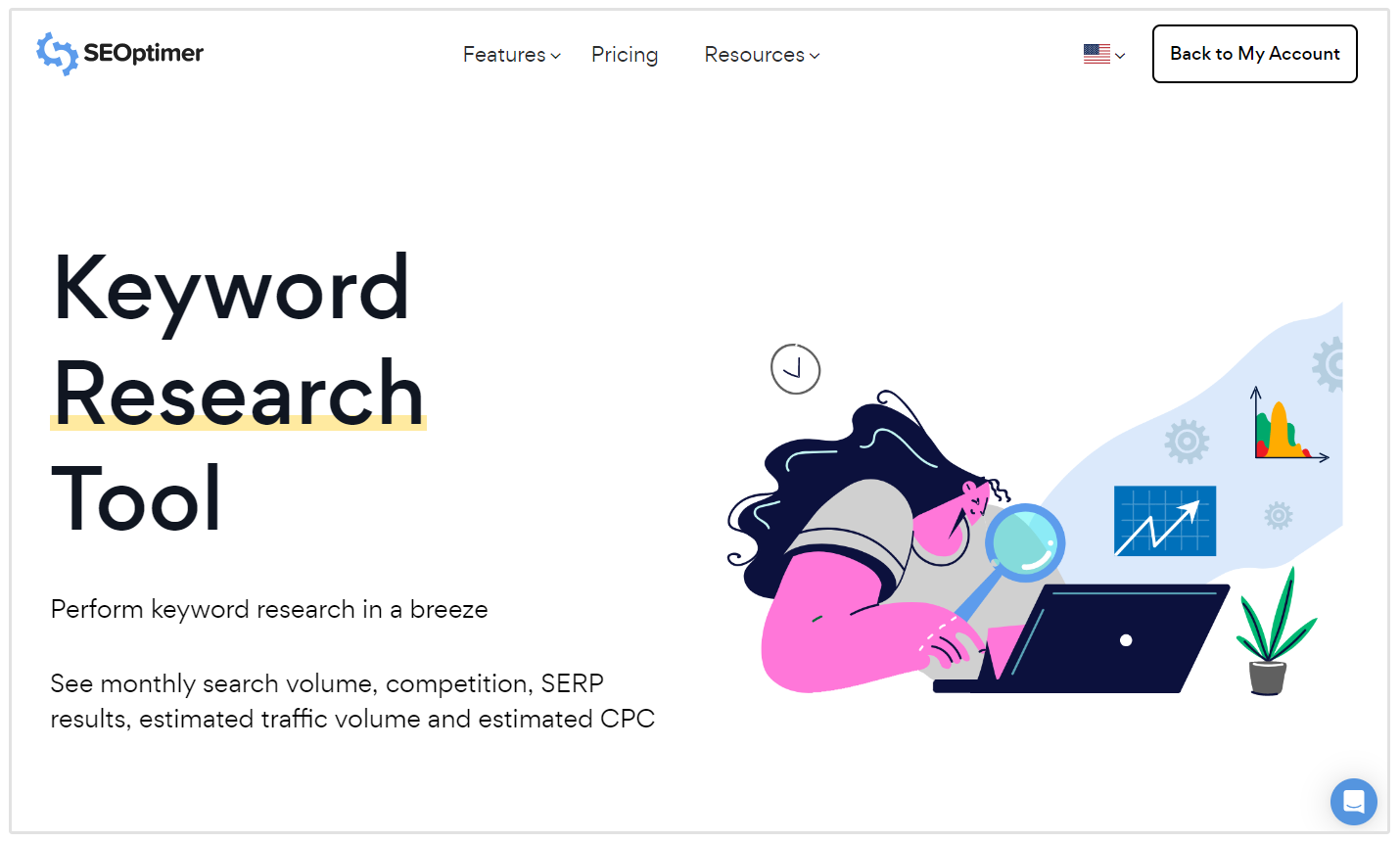Revealing the Impact of Additional Measurement in Google Analytics on Data Analysis and Insights
In the realm of data analytics, the use of secondary dimensions within Google Analytics has become a pivotal tool for removing deeper insights and unraveling complex patterns that could or else stay obscured. By peeling back the layers of main data sets, second dimensions use a nuanced perspective that enhances the understanding of individual behavior, website efficiency, and the effectiveness of advertising and marketing methods. The real influence and untapped potential of additional measurements are typically ignored, overshadowed by the appeal of key metrics. As we navigate via the detailed landscape of data analysis, the relevance of additional measurements becomes significantly evident, shedding light on essential information that hold the secret to informed decision-making and calculated optimizations.
Discovering the Concept of Second Dimensions
Additional measurements in Google Analytics supply added understandings by allowing individuals to evaluate primary data along with a second feature. This function enables an extra detailed understanding of the primary data by adding one more layer of details for analysis. By integrating secondary measurements, users can dive much deeper right into the information and uncover valuable connections that could or else go unnoticed. For instance, by matching the primary data of web site web traffic with second measurements like demographics or behavior, marketing professionals can gain a much more detailed view of their target market and customize their strategies appropriately.
Recognizing the principle of second measurements is vital for making the most of the capacity of Google Analytics. It permits customers to section information successfully, identify patterns, and make educated decisions based on a much more full photo of their analytics data. By checking out the various secondary dimensions available in Google Analytics, customers can open brand-new insights and optimize their electronic marketing efforts. Basically, second dimensions work as a powerful tool for boosting data evaluation and driving workable results.
Enhancing Data Interpretation With Second Measurements
Having established the foundational understanding of additional dimensions in Google Analytics and their essential duty in data evaluation, the focus currently moves towards leveraging these secondary credit to boost the analysis of analytics information (what is a secondary dimension in google analytics). By including secondary measurements into information evaluation, analysts can get deeper understandings into individual habits, site performance, and advertising performance

Furthermore, additional dimensions assist in contextualizing main information metrics by providing additional layers of information. This contextualization help in understanding the 'why' behind the information trends, assisting experts make informed optimizations and choices to enhance overall efficiency. Ultimately, integrating second measurements improves the data analysis process, bring about more meaningful insights and critical actions.
Revealing Hidden Insights With Additional Dimensions
Exploring the midsts of analytics data with second dimensions exposes useful understandings that would or else remain covered. By integrating secondary dimensions in Google Analytics, businesses can discover surprise patterns, patterns, and connections that supply an even more comprehensive understanding of individual behavior and internet site performance. These added layers of information allow experts to dig deeper into the main dimensions, such as web traffic resources or landing web pages, and get a more nuanced perspective on how different variables communicate with each other.
Via the use of second dimensions, analysts can sector and contrast data throughout different dimensions, allowing them to identify particular elements that affect customer interaction, conversion rates, and overall success metrics. By this post matching the key measurement of 'gadget group' with the secondary measurement of 'age group,' marketing professionals can determine which age demographics prefer accessing the web site via mobile tools versus desktop computers.
Leveraging Secondary Dimensions for Actionable Analytics
Structure upon the insights introduced with secondary dimensions in Google Analytics, businesses can now harness this enriched information landscape to drive actionable analytics and critical decision-making. By leveraging additional measurements, companies can delve much deeper right into their information to draw out beneficial patterns, trends, and relationships that might have previously gone undetected. This much deeper degree of analysis makes it possible for services to obtain a more detailed understanding of user behavior, campaign performance, and general website performance.
One secret benefit of utilizing secondary measurements for actionable analytics is the capability to segment data based upon certain requirements. This division enables businesses to customize their methods and projects to different audience groups, leading to extra targeted and efficient advertising efforts - what is a secondary dimension in google analytics. Additionally, secondary measurements supply an even more alternative sight of customer interactions, enabling organizations to enhance their site material, style, and general user experience
Making Best Use Of Decision-Making With Additional Dimensions
To improve tactical decision-making in analytics, leveraging additional dimensions in Google Analytics can provide an extra nuanced viewpoint on customer behavior and project efficiency. By incorporating second dimensions right into data evaluation, services can dig much click to find out more deeper right into the specifics of their web site site visitors' communications and interaction patterns. This additional layer of details allows for a more extensive understanding of just how different variables, such as demographics, gadgets, or traffic resources, effect key performance signs.

Verdict
To conclude, making use of additional dimensions in Google Analytics plays an essential function in boosting data evaluation and discovering covert understandings. By exploring this concept, one can gain a deeper understanding of customer actions and make notified choices based on workable analytics. Leveraging additional dimensions permits a much more comprehensive interpretation of information and makes the most of the efficiency of decision-making procedures.
